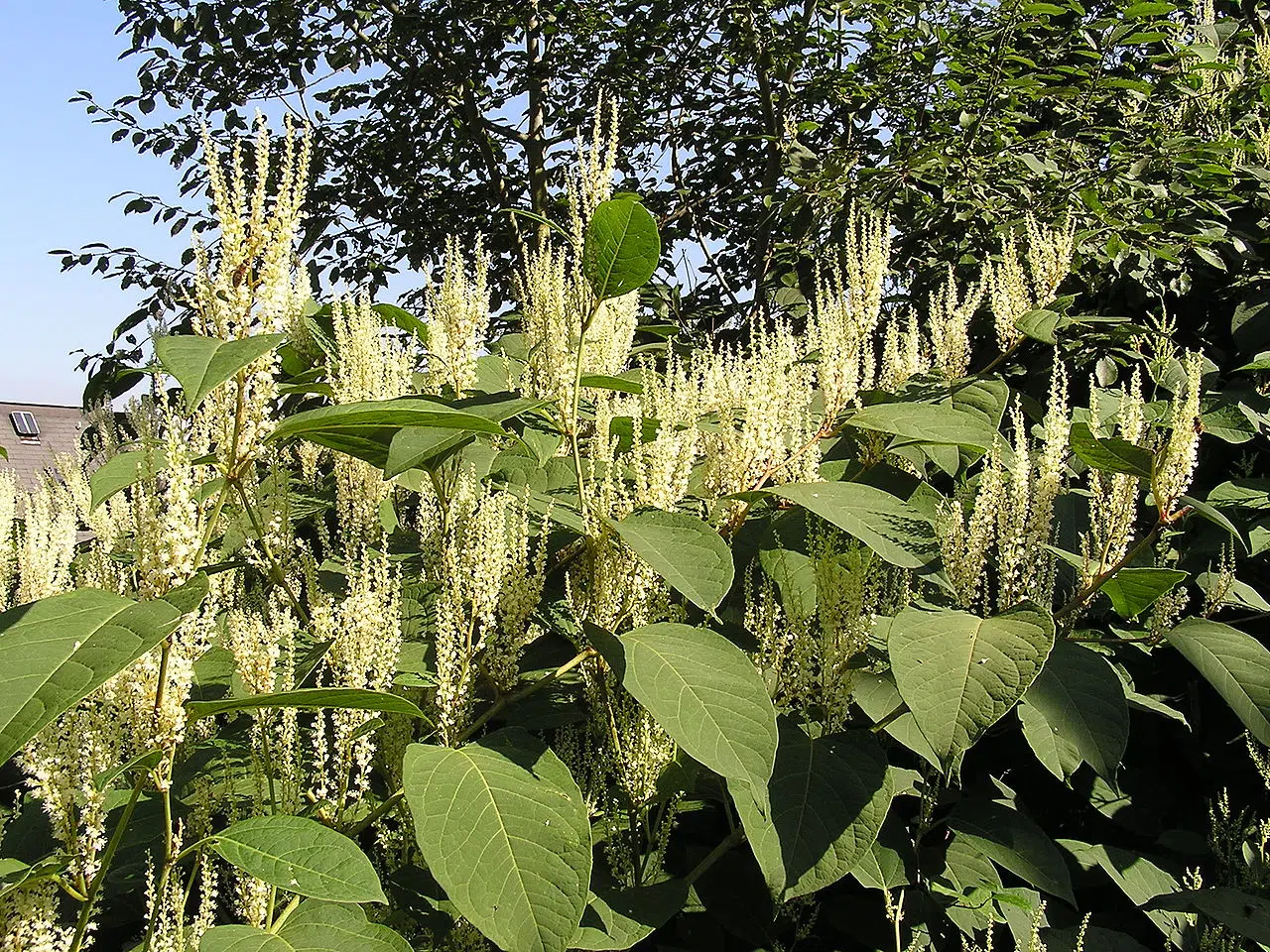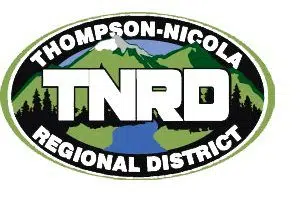
TNRD officials are asking people to be on the lookout for invasive Japanese knotweed in the area.
Invasive Plant management Coordinator Coleen Hougen says Japanese knotweed is often mistaken for bamboo, and she’s urging people to not try and remove the plants if they come across it.
“Because it does damage infrastructure and I know even here in Kamloops, we’ve seen it growing along sidewalks and it’s starting to break the cemented sidewalks apart,” she said. “There are impacts to homes as well, and it can cause erosion along bank shores when it gets established.
Hougen says there are some infestations in the TNRD, but she doesn’t think it is too widespread.
“And that’s where we want to keep it so we are trying to take proactive and preventative measures right now to try and manage what we have and prevent more from coming in. I don’t know if you have driven down into the Lower Mainland, but the highways are completely infested with them and we don’t want to get to that point.”
Instead of trying to tackle the problem yourself, Hougen is urging people to reach out to the experts if you come across the plants.
“It can reproduce through root fragments so we don’t recommend digging it. The most effective way to remove it is through herbicides and the use of glyphosate,” Hougen added. “If you do happen to cut it, we want to make sure that it’s disposed off at our landfills, in the landfill and not the composting sections.”
Hougen says Japanese knotweed is native to eastern Asia and it was introduced to North America in the 1800’s as an ornamental plant.
To report knotweed in the region or to get more information, visit www.tnipmc.com, call 1-250-851-1699 or email invasiveplants@tnrd.ca.
(Photo via Wikimedia Commons)















